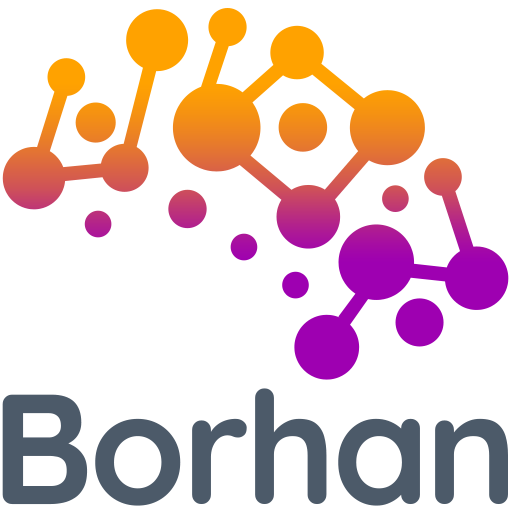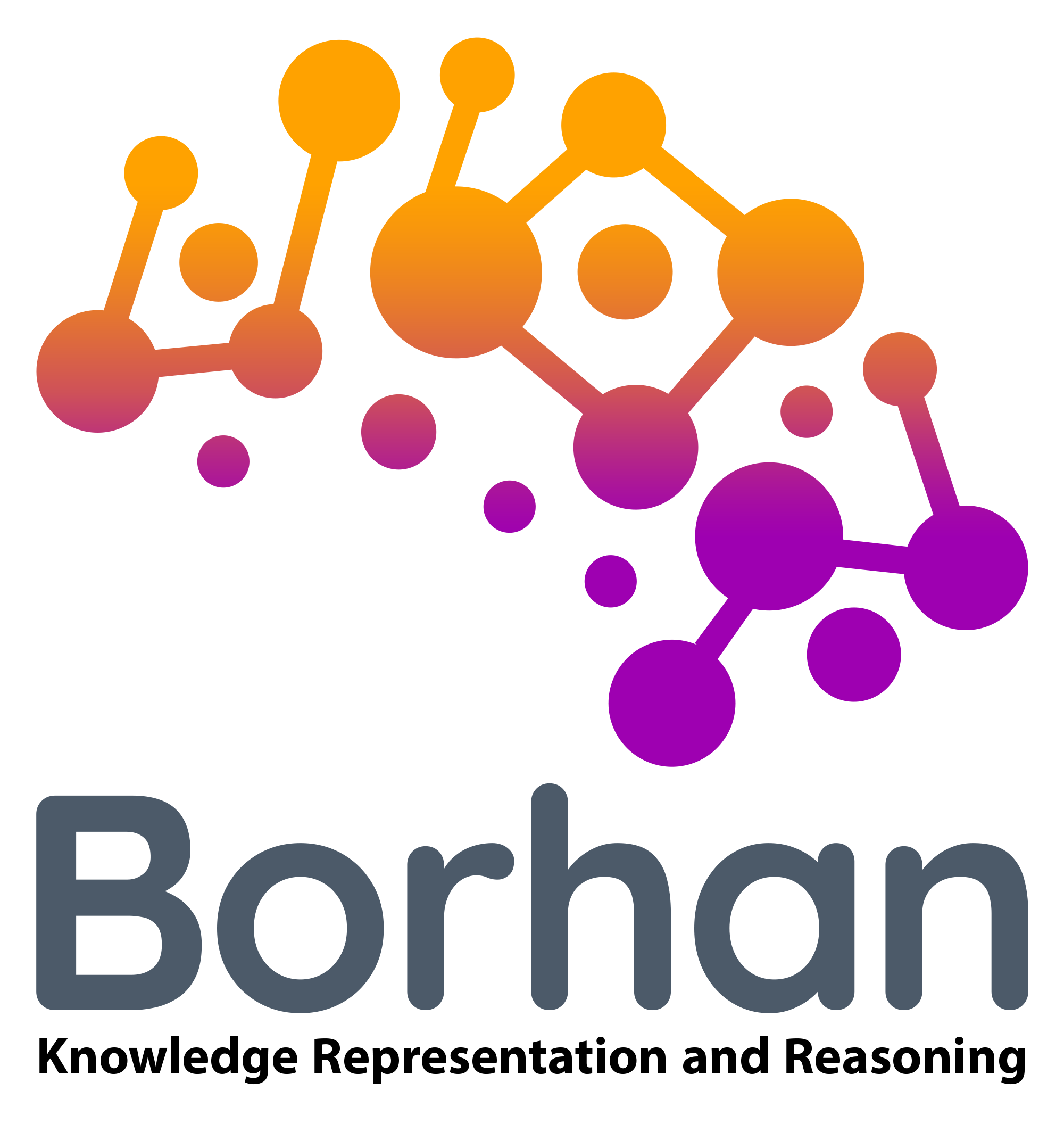CNL Explanatory plugin
One of the practical advantages of knowledge modelling in the form of #KnowledgeGraphs is the ability to express knowledge in the #NaturalLanguage desired by the end-user. This functionality occurs because the knowledge graph can be used to generate a #multilingual structure, making it possible to implement in any #ControlledNaturalLanguage(CNL).
Controlled natural languages (CNLs) are subsets of natural languages that are obtained by restricting the grammar and vocabulary in order to reduce or eliminate ambiguity and complexity. CNLs generate texts that are easily comprehensible to humans.
By translating knowledge into end-user language, one of the major challenges in using knowledge graph #representing & #reasoning, i.e. understanding of the complex and confusing content of #RDF triples and #OWL axioms in knowledge graphs, is solved.
Using the knowledge graph, not only the initial knowledge but also the inferred results and even the #explanations for the inferred results can be converted and translated into the end user’s natural language.
Here in the Borhan team, we have developed a plugin on #Protégé (an open-source ontology editor) for a #KnowledgeTranslator in controlled English, Persian, and Arabic.




